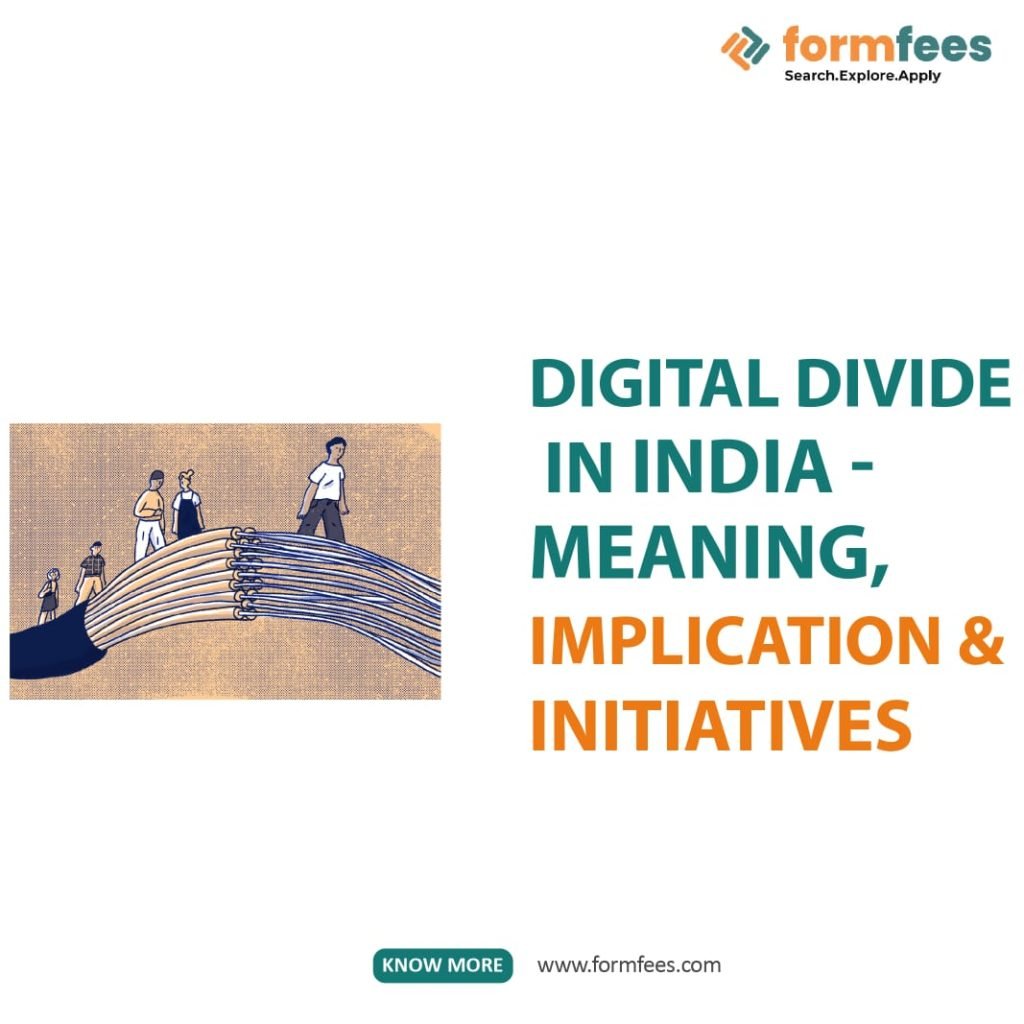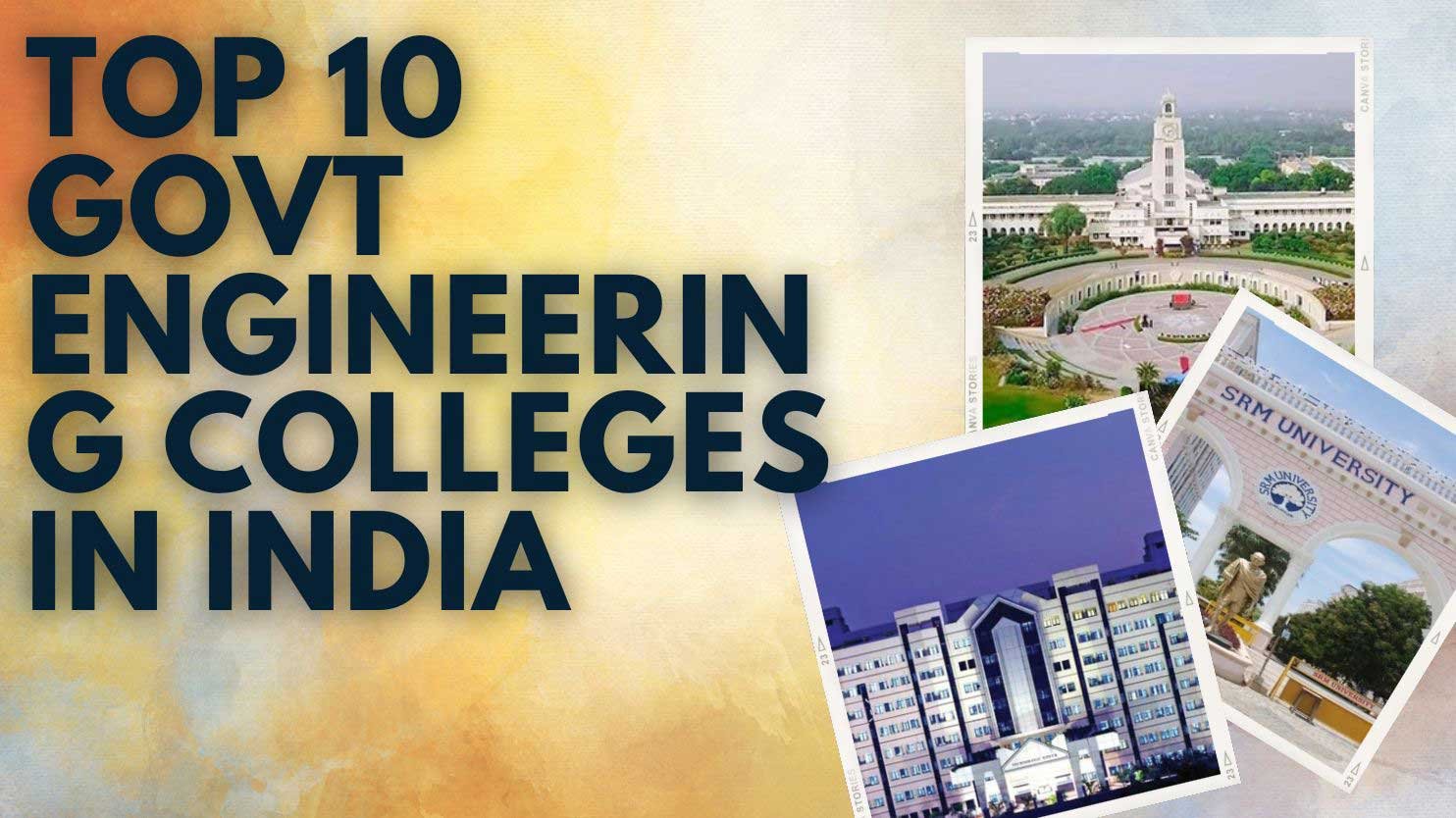WHAT IS THE DIGITAL DIVIDE:
"Digital divide" is a term used to describe the difference between socio-economic groups and individuals regarding access to and use of information and communication technologies (ICTs).
Differences exist between and within countries that contribute to the digital divide.
It refers to the difference between those who have regular, effective access to digital and information technology and those who do not. The purpose of this article is to inform candidates about the Digital Divide in India and the Global Digital Divide.
Half of the world's citizens lack access to digital education, employment, and participation in modern life due to the digital divide. Amid pandemic-driven school and work closures, people without access to the internet are suffering. In addition to stable internet access, up-to-date information regarding the COVID-19 pandemic is consistently accessible. You will also find vital information such as local infection rates, locations of testing centres, and hours of a hospital or urgent care.
As the term implies, it refers to the gap between those who have access to modern information and communications technology, and those who do not or have restricted access to it. Among these technologies are the telephone, television, personal computers, and the Internet.
Before the late 20th century, the digital divide was a term used to refer to the gap between those with and without telephone access; since the 1990s, it has come to refer to those with and without Internet access, especially broadband access.
There is usually a digital divide between those in urban areas and those in rural areas; between the educated and the uneducated; between socioeconomic groups; and, globally, between more and less industrialized nations. The digital divide can still be evident even in populations with some access to technology, such as people with slower computers, slower wireless connections, and dial-up connections with lower prices.
Separate-access markets pose problems due to the rise of services such as video on demand, video conferencing, and virtual classrooms, which require high-speed, high-quality connections that those on the less-served side of the digital divide may not have. Smartphone adoption is growing even among lower-income and minority groups, but the high cost of data plans and the difficulty of completing tasks and transactions on smartphones continue to prevent the gap from closing completely.
Current studies and reports indicate that the digital divide continues to be a problem today. According to a U.S. government report from June 2013, In the White House broadband report, for example, only 71% of American homes were using broadband, a lower percentage than in other countries with comparable gross domestic product.
Some argue that closing the digital divide would improve literacy, democracy, social mobility, economic equality, and economic growth.
The internet has become a very important means of communication and information acquisition because of digitization. Digital tools made it easy for the task of providing administrative support to COVID-19 affected people during a global pandemic. Public concern and health could be addressed through digital means such as a helpline number or the Arogya Setu app. In this global crisis, digital technology has become a powerful tool for millions of citizens.
Although the use and importance of information and communication technologies (ICTs) are growing dramatically, the digital divide continues to grow at an alarming rate.
TYPES OF DIGITAL DIVIDE:
3 Types of Digital Divide
There are numerous types of the digital divide that impact our ability to access the internet. Digital inequality manifests itself in the following ways:
- Gender Divide
In developing countries, especially, the internet gender gap is striking, according to a 2013 report. Mobile connectivity is spreading rapidly, but not equally. Women still lag.
In low-income countries, men own mobile phones 90% more often than women. 184 million women lack mobile connectivity, translating to 184 million people.
1.2 billion women in low- and middle-income countries do not have access to the internet despite owning mobile phones.
Many other social divides exist within Indian society as a result of this digital divide among rural and urban areas. There is gender inequality in every society because of India's digital divide. Males in India have access to mobile internet at a rate of 36%, while females are accessing it at only 16%. In the Indian family dynamic, women who often rely financially on their spouses struggle with this inequality of digital access.
Often, the male head of the family is the only one who has access to digital devices, so women depend on their husbands to access the internet. The devices can only be used for a limited period. In some villages, women are even prohibited from using mobile phones, further limiting their access to social media and educational resources. As a result, women are less empowered and independent in the digital world in general. In limiting women's access to the internet, these villages also inhibit the possibility of individual growth and perspective evolution by blocking access to the global digital network.
- Social Divide
People with shared interests can form relationships and social circles through Internet access. On social media platforms such as Twitter and Facebook, users can form online peer groups based on similar interests.
There is an increasing social stratification in societies due to internet usage, which can be seen among those who are connected and those who are not. As a result, non-connected groups do not benefit from the internet benefits enjoyed by connected groups.
The penetration of the internet is associated with greater social progress in a country. The digital divide hinders a country's social progress in this way.
Due to the digital divide, rural India suffers from information poverty. The vicious cycle of poverty, deprivation, and backwardness is strengthened.
- Universal Access Divide
Those with physical disabilities are often disadvantaged when it comes to accessing the internet. While they may possess the necessary skills, they cannot take advantage of the available hardware and software.
Several parts of the world will remain disconnected from the internet and its vast potential due to a lack of digital literacy skills, low education levels, and inadequate broadband infrastructure.
- Access Digital Divide
The main barriers under this point include the per contact of telecommunication infrastructure with sufficient bandwidth to support Internet connections, as well as the inability to buy, rent without financial hardship, and the need for specialized equipment. The result is a lack of access to technology.
- Other Digital Divide
It also includes inequality in the use of digital technologies due to lack of skill or support, physical disability, cultural and behavioural attitudes towards technology, like computers, mobile phones etc. which are difficult to use or belong to the brainy people etc.
INITIATIVES BY GOVERNMENT
The socio-economic conditions in India are complex, as it is a multicultural, multilingual, and multireligious country. Among the challenges that have led to unequal development in society are population growth, insufficient funding, and delays in implementing government policies and programmes. Others do not have the resources that some people have. Similarly, the educational system in India has had difficulty achieving the set targets framed by various commissions, committees, and schemes from time to time. Even though the country's literacy rate has increased to 65.38 per cent according to the 2001 census, more needs to be done. Through several IT-oriented projects, the government has taken encouraging steps to improve the lives of the common people.
1. Bridging the digital divide with the development of infrastructure
To reduce the digital divide, countries must prioritize the development of their telecommunications and IT infrastructure to provide universal access to information to all parts of the country.
India's government has declared information technology as one of the thrust areas for the country's development and has recognized it as an essential service. Andhra Pradesh, Karnataka, Maharastra, West Bengal, and now Tamil Nadu have all played an important role in introducing IT for industrial and economic development. There are active action plans in these states that emphasize IT industries that will benefit all types of industries, enterprises, as well as private and public institutions and organizations. Governments in several states have begun investing in IT infrastructure for e-governance. As a result, the government has decided to focus its efforts on initiatives that can reduce the costs of operating government agencies, such as Web-based human resources and financial management systems.
2. The role of government programs in e-government
Even though rural and urban areas have significant teledensity, there is still a divide between them. A rural penetration of about 1.5 per cent compares to a teledensity exceeding 15 per cent in the cities. In both the developed and developing worlds, governments have always sought to ensure the accessibility and availability of information and public services without much hassle. Governments in the country have been actively involved in a variety of IT-oriented projects to bridge the digital divide, including:
i) CARD Project
ii) Sourkaryan and E–Seva
iii) The Bhoomi Project
iv) The Gyandoot Project
v) FRIENDS Project
vi) Lokamitra/Smart Project
3. The role of community information centres
Indian governments, particularly the Ministry of Information Technology, have taken several initiatives for rural development through community information centers. They may be considered rural electronic libraries. In Sikkim and the North East of India, a project has been launched to provide IT facilities in every block. Rather than having a single server computer system, each CIC will have five client configuration computer systems connected in a LAN and connected to an Internet service provider via a VSAT. District and state officials will be able to communicate with each other by using email and the Internet through the facility. The CICs are working on using the IT infrastructure to capture local information from the blocks and make it available worldwide via the Internet.
4. Information centres and libraries play a crucial role in our society
Libraries, with their commitment to free access to information and promotion of life-long learning, are key to bridging the digital divide ensuring that all services are provided regardless of age, race or language. As in other developed nations, libraries in India have evolved from being traditional stores of information to offering access to information from around the world. Professional librarians are now better regarded as information disseminators or communicators than as custodians of information. Even though digitization has been a slow process in the country, projects like the National Science Digital Library (NSDL), Vidya Vahini Project, and Digital Mobile Library have been encouraging steps taken by the government to bridge the digital divide.
5. The role of academic and research institutions
There have been encouraging efforts made by academic institutes, particularly the Indian Institutes of Technology (IIT), to help rural and technologically disadvantaged people access the Internet. IIT Kanpur developed a battery-powered facility - the "Infothela" (Information Box) - which is equipped with an assortment of Internet and telecom features so that people in remote areas can gain access to IT. Among the characteristics of wireless Infothelas are spreading information about education, weather, agriculture, and employment. Additionally, the program is laced with a "Digital Mandi" platform, which is an electronic platform for agro-commodity trading. In this project, the farmer will have access to a warehouse certificate facility. To encourage active participation, the project is operated by the educated and unemployed village youth.
6. Efforts made by private businesses
Tata Council of Community Initiatives, for example, plays an important role in promoting adult education in the country. By preparing multimedia presentations, the council has developed several innovative computer-based literacy programs to improve India's adult education.
The Azim Premji Foundation has also been involved in universalizing elementary education by creating effective and scalable models to improve learning in schools.
7. The role of dot-com companies
Dotcom companies have played a critical role in bridging the digital divide in the country. As a result, they have become the most buzzword in the IT world. It's a race to the top for the title of number one email provider between Rediff.com and Siffy.com. Two of the leading global players are quite popular in China, Yahoo! and Hotmail. About 90 per cent of browsers use the Internet to check their email. On the Internet, these companies are the most viable marketing and advertising vehicles. There are now 4,08 million Rediffmail users, compared to 2.3 million Hotmail users. Currently, Rediff is available in 11 Indian languages.
This industry has been exposed to the earthquake in Gujrat through the Global Earthquake Response Center, which covered it extensively.
EFFECTS OF DIGITAL DIVIDE:
Technological discrimination is a form of poverty and social exclusion that robs some citizens of resources necessary for development and wealth generation. During the COVID-19 pandemic, many students and workers found it difficult to follow classes online and work from home. The following are the main effects of the digital divide:
1. Lack of communication and isolation
People in remote areas do not have access to the Internet. It is similar to what happens to urban residents who are disconnected, which leads to social isolation.
2. The barrier to knowledge and studies
In the wake of the Coronavirus crisis, we can see how the digital divide in education affects teachers and students. Both lack sufficient technology and digital skills. By limiting access to knowledge, also contributes to the lack of knowledge.
3. Accentuates social differences
Digital illiteracy hurts the workers' economy as it makes it harder to find a job and access quality employment.
4. Discrimination based on gender
Women are negatively impacted more by the digital divide than men, which violates the principles of gender equality.
5. Education
Children in India will be negatively affected by the digital divide when learning and developing. The students cannot develop the necessary technology skills without access to the Internet.
6. Social
The penetration of the internet is associated with greater social progress in a country. Therefore, a country's digital divide hampers social progress in some way. Due to the Digital Divide, the rural population in India suffers from a lack of information, which will only strengthen the vicious cycle of poverty, deprivation, and backwardness.
7. Political
Digital connectivity is vital for political empowerment and mobilization in the era of social media.
8. Economy
The digital divide will increase economic inequality between those who can afford technology and those who cannot.
9. Governance
Accountability and transparency depend on digital connectivity. Digital divides affect e-government initiatives negatively.


















